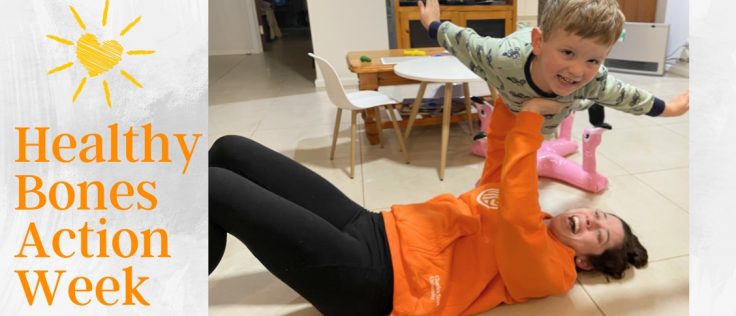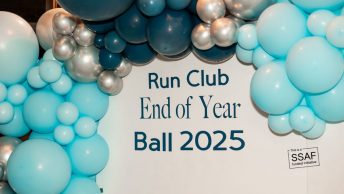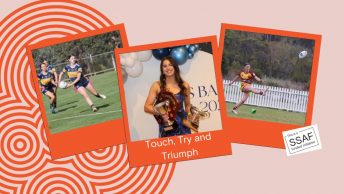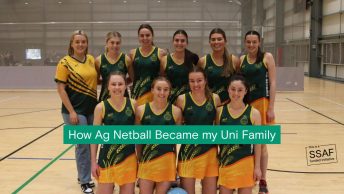Written by Hannah Hawker
Happy Healthy Bones Action Week everyone!
Dairy Australia began this initiative to inform Australians to look after their bone health. This year, this is celebrated from August 21 to 27.
They encourage the importance of having a high calcium intake, completing weight bearing exercises and getting a dose of daily vitamin D!
The benefits of a good calcium intake
Your bones are amazing. Everyone knows they provide structure and support & calcium is important for their strength, but I didn’t know they are also a key storage place for calcium.
Calcium is a vital ion in the human body used for nerve function, blood clotting, and is a key player in muscle contractions; our skeletal muscle, our smooth muscle and our cardiac myocytes.
Yah – Calcium literally makes your heart pump.
When there isn’t enough calcium in our blood to deliver to all the places in our body that need it, signals go to the bone to release it so the calcium is available to the rest of the body.
This is called bone resorption.
Comparatively, when we have enough intake via our diet, bone remodeling occurs to put the extra calcium, combined with phosphate making a compound called hydroxyapatite, back into the bone to be stored for next time.
This resorption and remodeling process is perfectly fine, as long as it is balanced.
When we don’t have enough calcium intake this becomes out of balance, and the extra resorption results in less hydroxyapatite in the bone making it ‘weak’.
So, naturally, having enough calcium in our diet is super important. A cup of milk or a small tub of yoghurt gives about 300mg of calcium but we need 1000mg a day to suffice, more for teenagers and pregnant/breastfeeding women.

The benefits of Vitamin D
But … there’s more to this story. Calcitriol, the active form of Vitamin D, plays a vital role in bone health because it manages the transporters that absorb calcium in your gut & reabsorb it in your kidney.
So we need Vitamin D to be able to draw the calcium you eat into your blood to then go where it is needed. Luckily we live in Australia & sunlight is a huge provider of cholecalciferol which, via the liver then the kidney, gets turned into calcitriol.
A lack of Vitamin D is something to consider if you work inside/underground all day or are a shift worker and miss the daylight hours for a long stretch.
I couldn’t dream of being a decent GP if I didn’t put in a disclaimer about the power of our fantastic sun – you can still produce cholecalciferol through sunscreen & exposing your arms & face for 10 minutes a day is all that is needed to get enough.
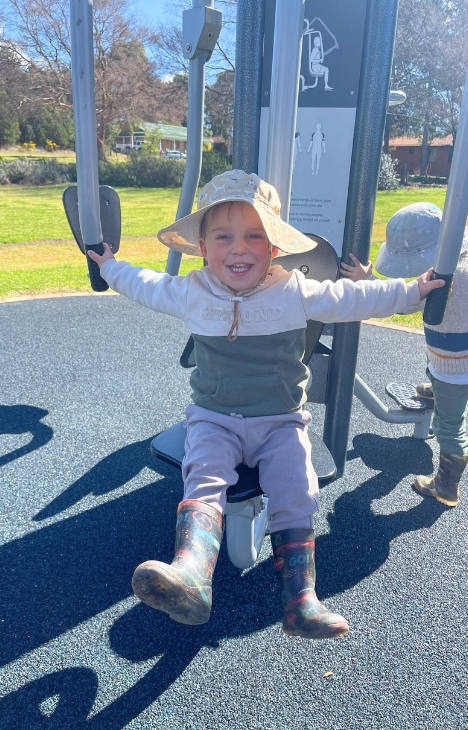
The benefits of weight bearing exercise
The other easy thing to do now to increase peak bone mass is weight bearing exercise.
Mechanotransduction is when cells take physical forces and convert them into biochemical signals, causing a cellular response.
In bones, the physical force of stress from lifting something heaving or compression from striking the ground during a running stride, tells the osteoblast cells to build more bone.
It is similar to the idea with muscles; use it or lose it. The more that bones get utilised, the stronger they will be.
Even the late great Ruth Bader Ginsburg attributed her phenomenal mental and physical health into late age to her regular resistance & weight training regime.
This is particularly important for females as we will all transition through and to post menopause.
Oestrogen plays an important role in limiting bone resorption, so when we go through that significant loss during menopause our bones can suffer. This is why giving our bones the best starting point is even more important for women.
Again, future GP disclaimer: ANY exercise is great exercise.
However walking or swimming doesn’t cause any mechanotransduction. Jogging, or in particular weight machines at the gym are specifically designed to cause stress which will have the impact we’re after.
If you are new to the workout world, only 30min a few times a week can have a significant percentage increase in your BMD, as well as the numerous other health benefits regular exercise gives.
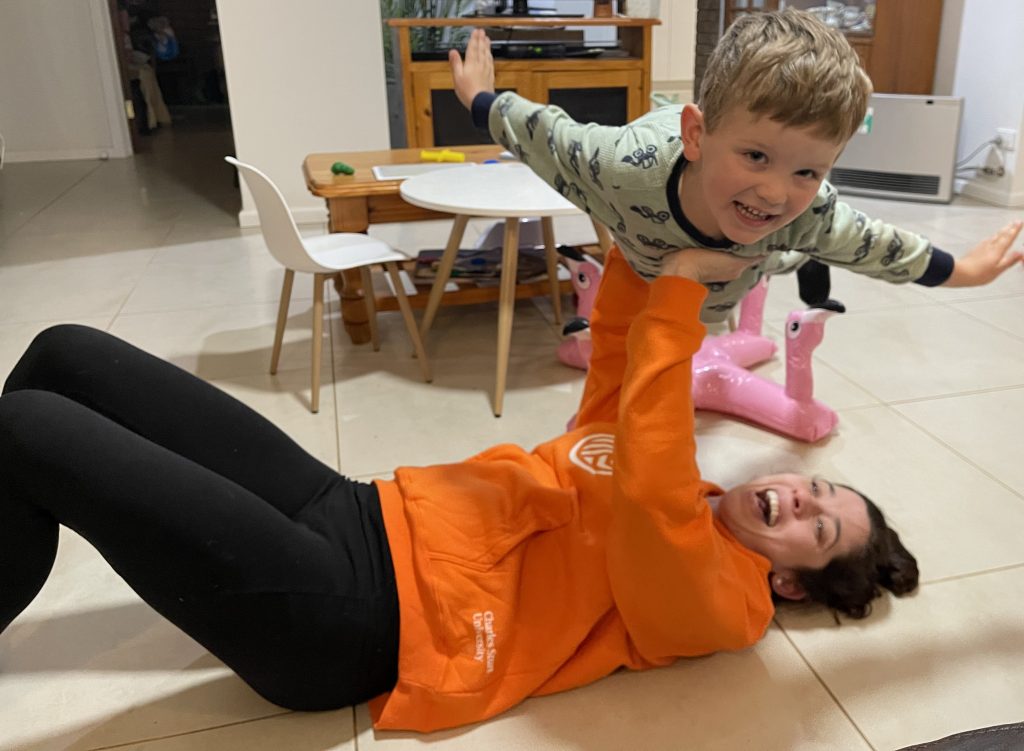
A final note
Thank you Hannah for sharing those tips.
Have a happy healthy bones action week everyone, practice safe lifting techniques, toast with a slice of gouda and love your lovely bones!


